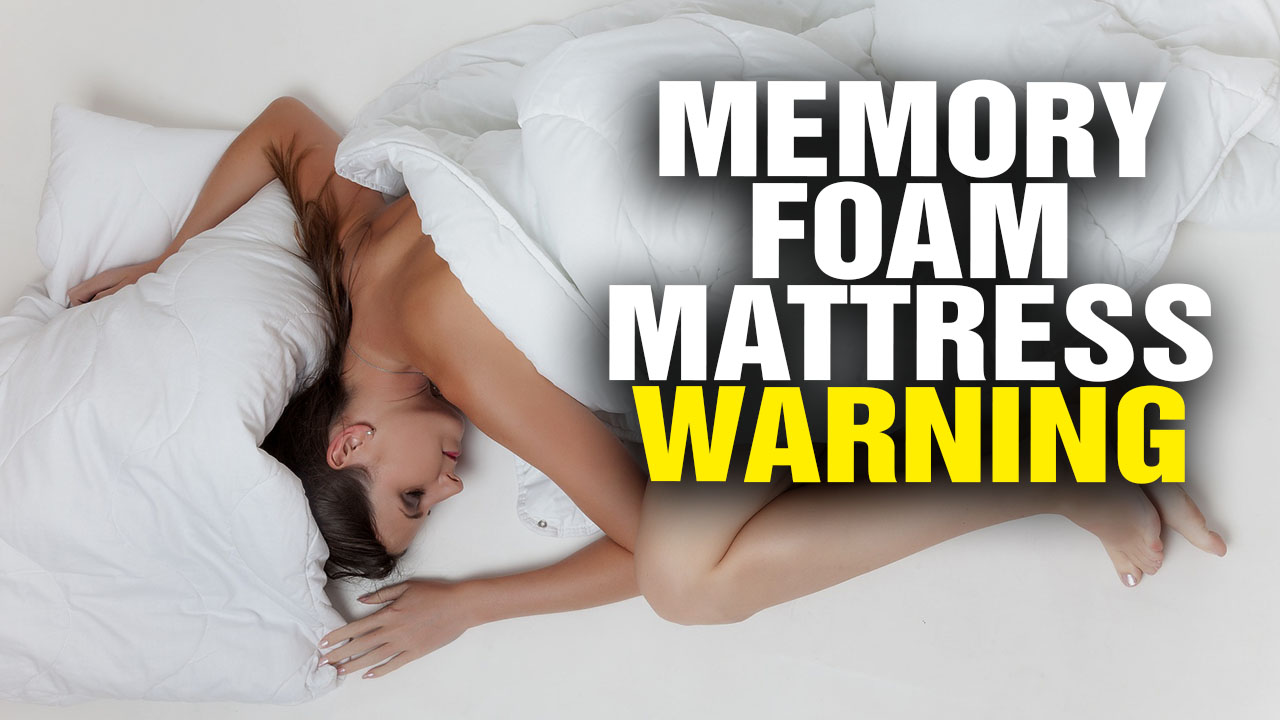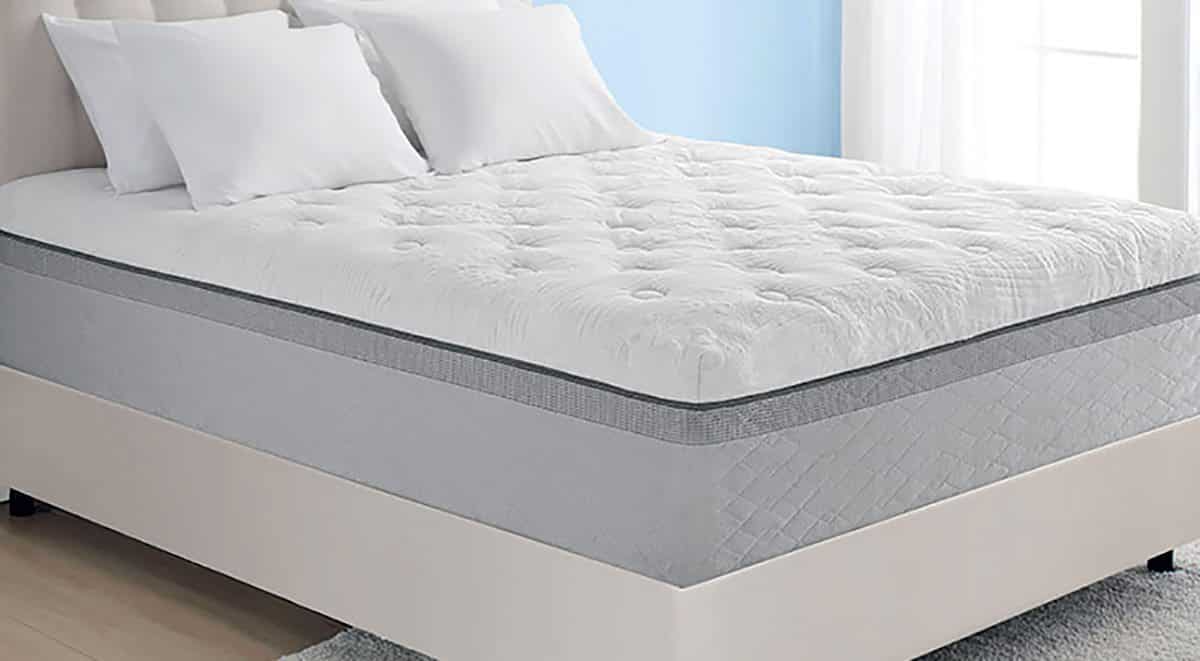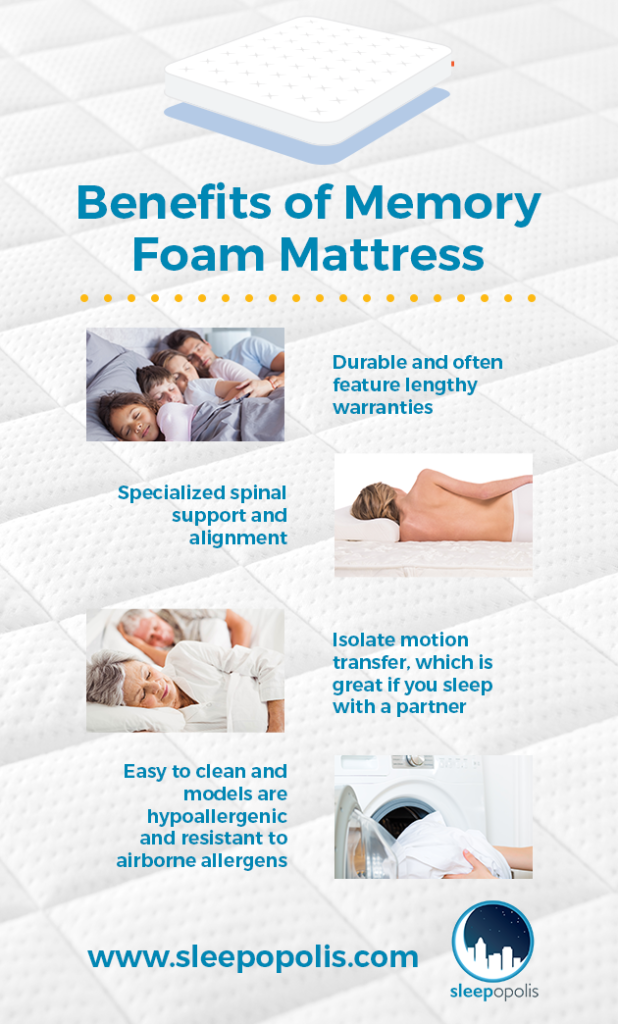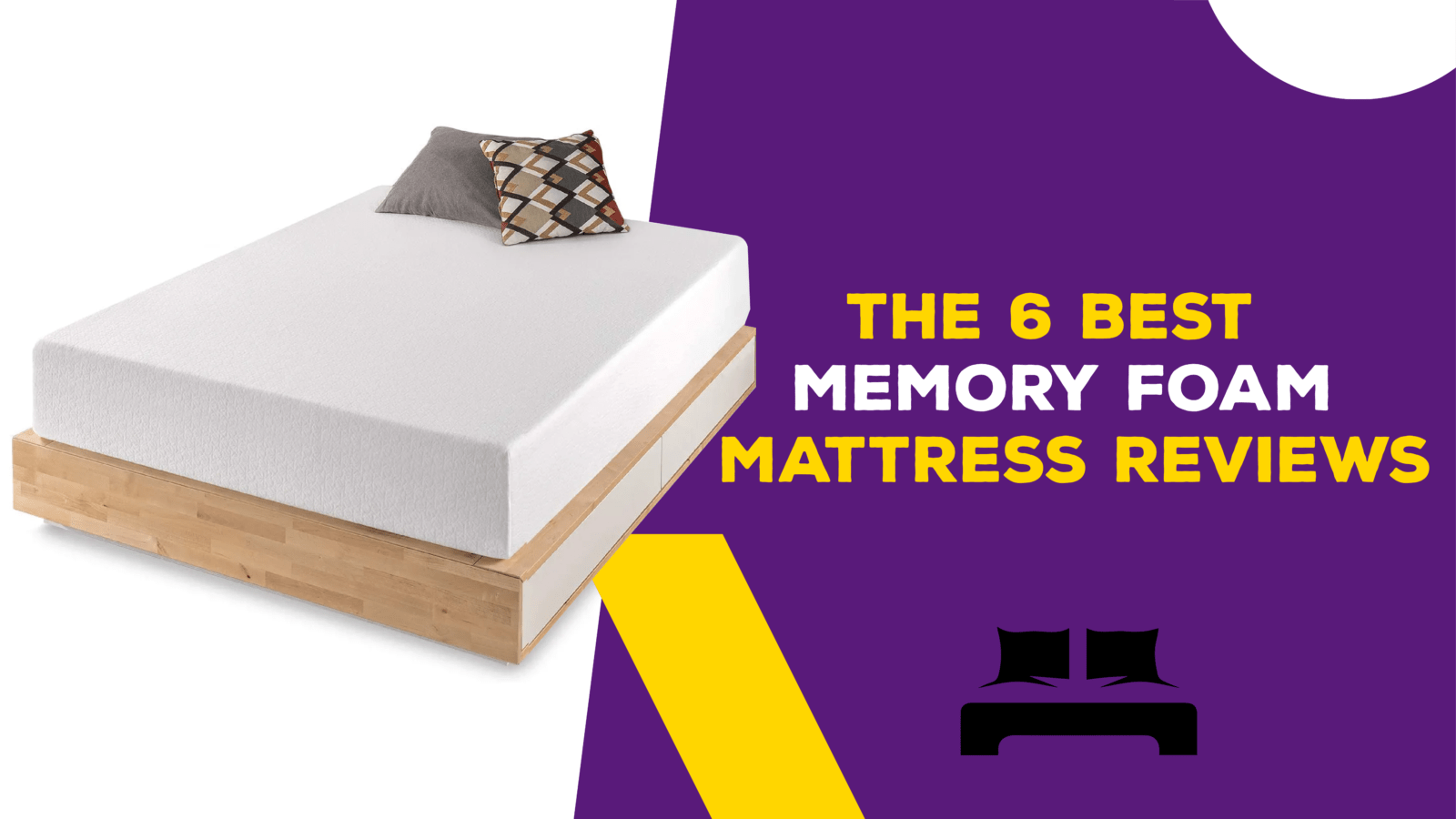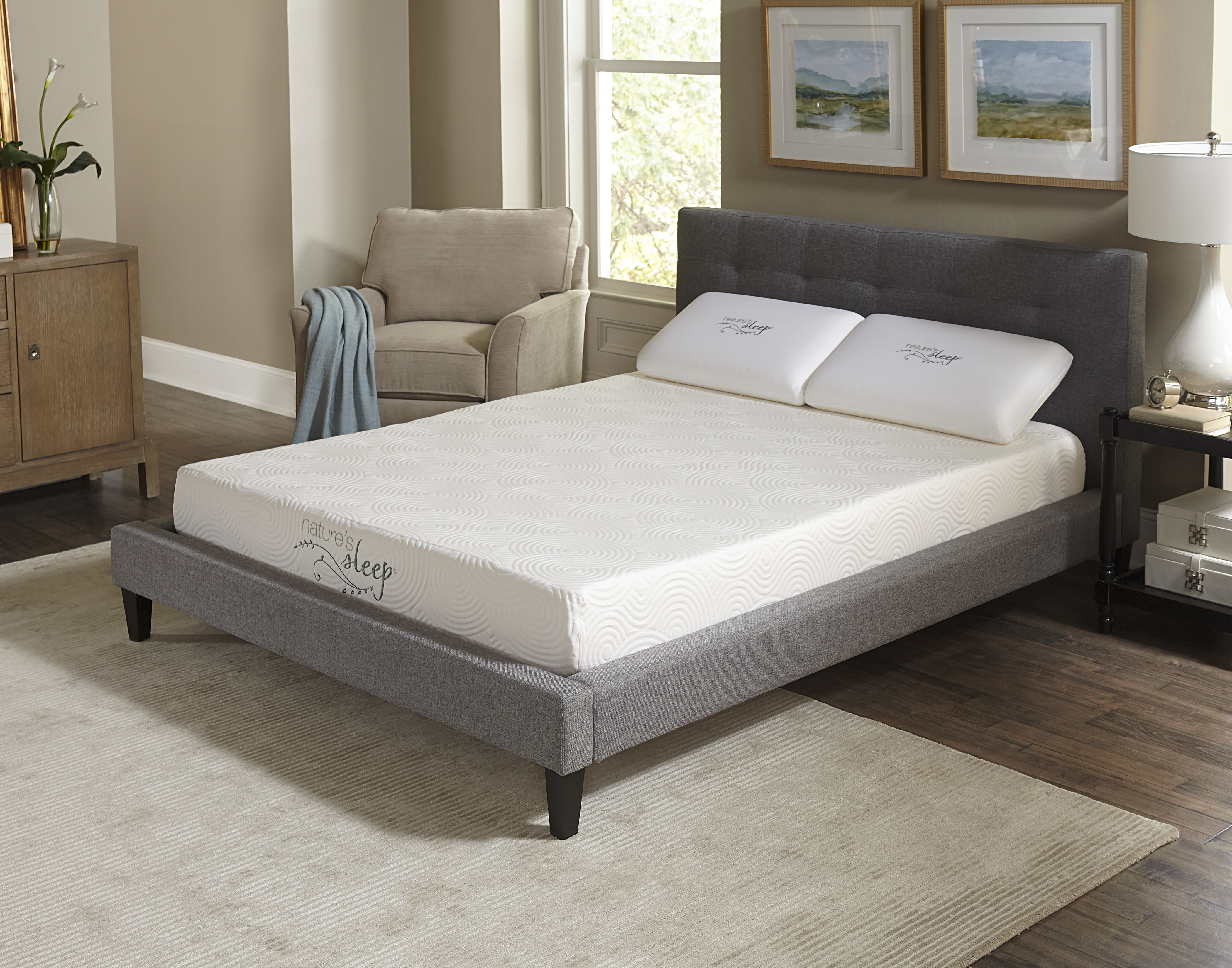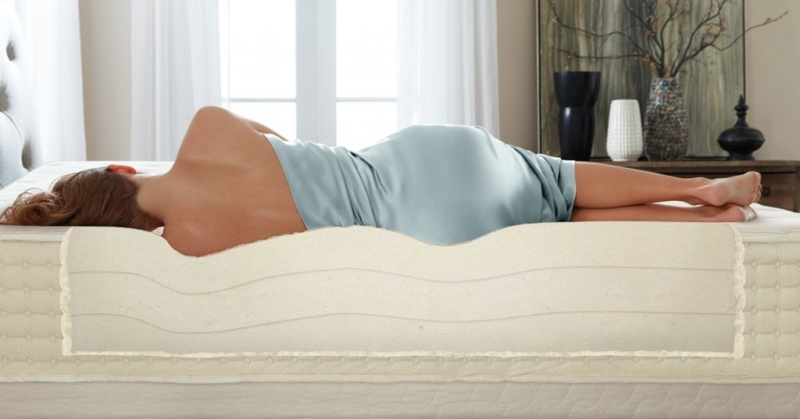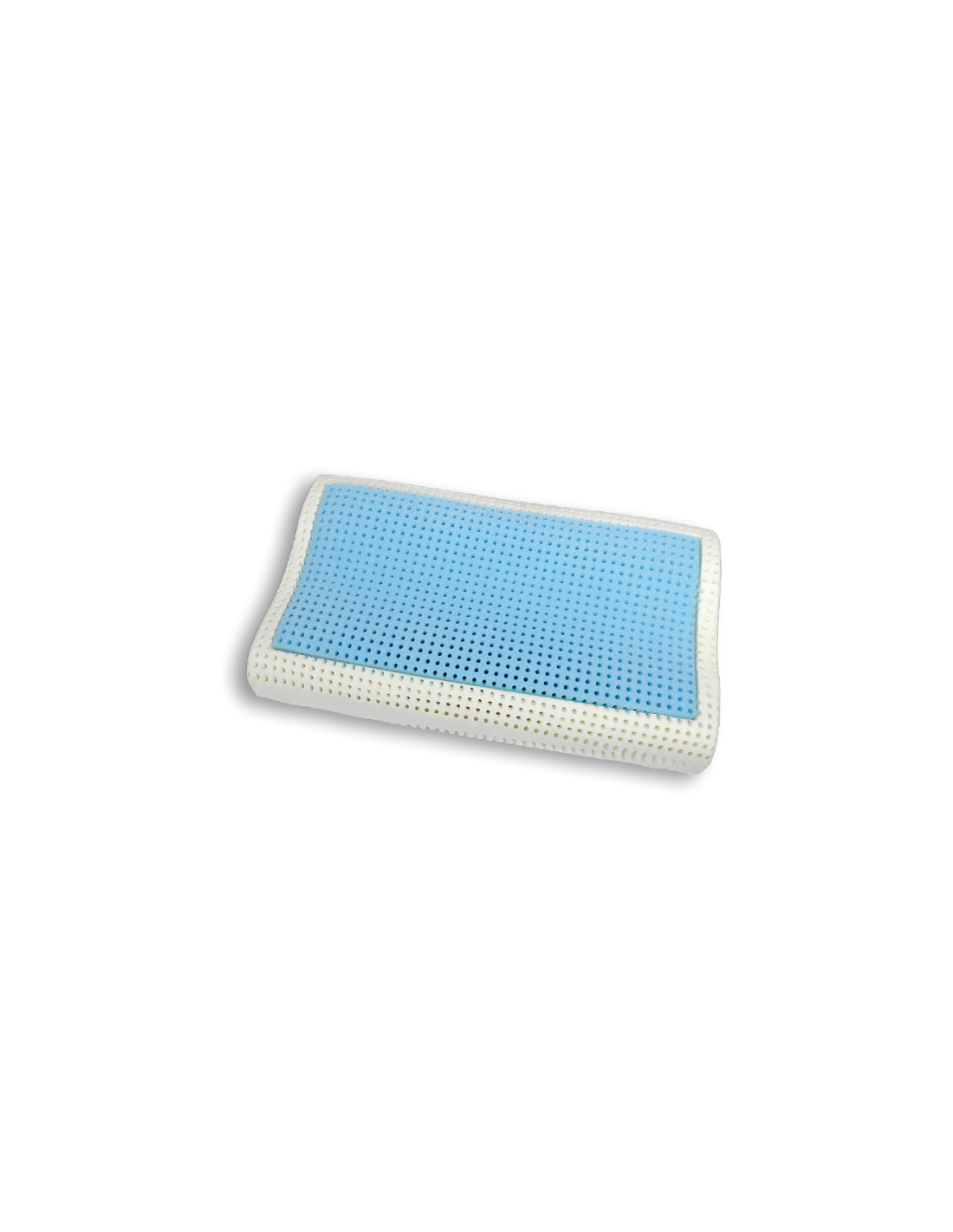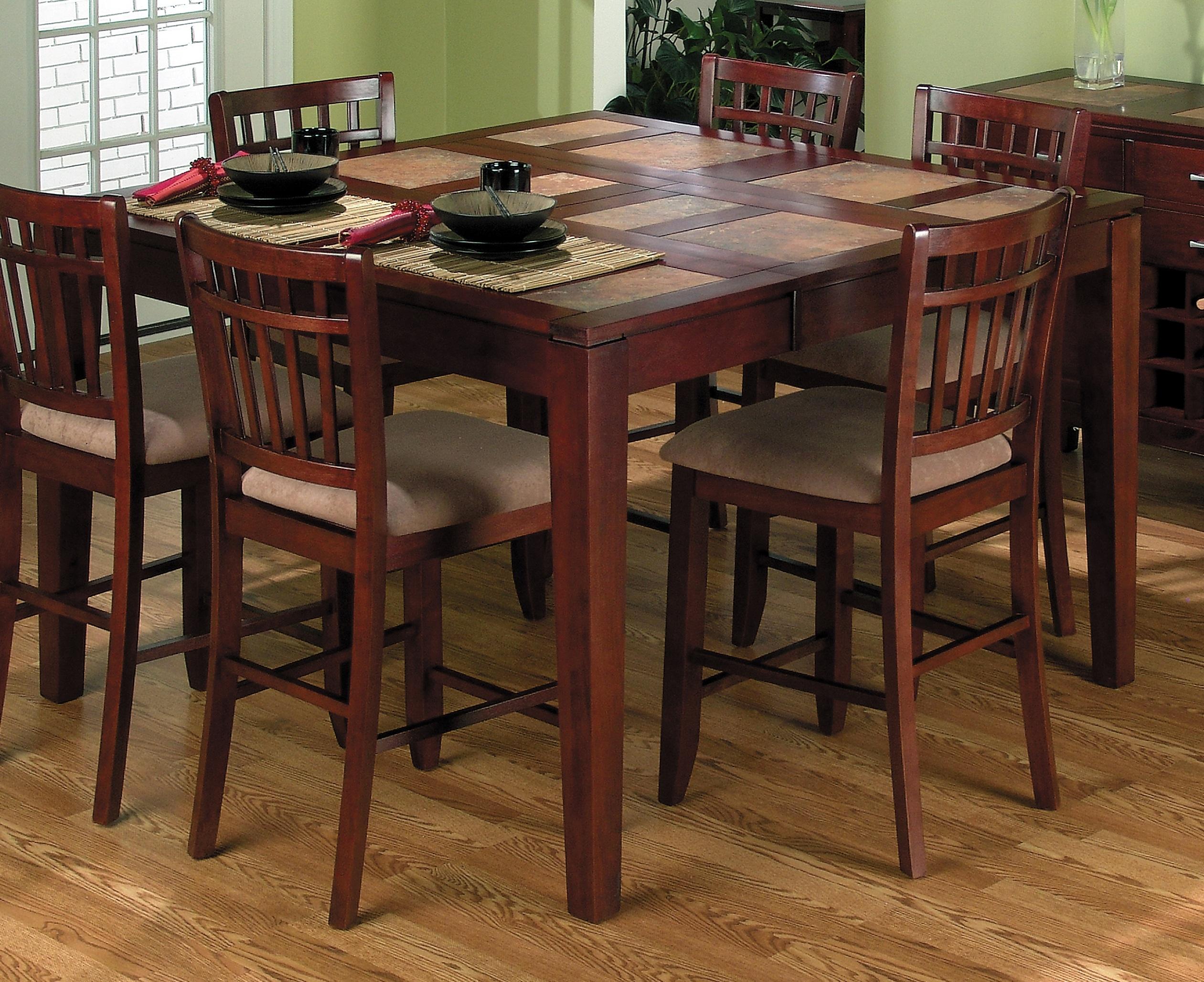Memory foam mattresses have gained immense popularity in recent years, thanks to their ability to provide pressure relief, support, and comfort for a good night's sleep. However, like any other product, they also come with their own set of drawbacks. So, before you make the investment in a memory foam mattress, it's important to understand the potential setbacks that come with it. In this article, we'll discuss the top 10 main memory foam mattress setbacks that you should be aware of.Memory Foam Mattress Setbacks: Understanding the Downsides of This Popular Mattress Choice
One of the most common complaints about memory foam mattresses is that they tend to sag over time. This happens due to the heat and pressure of your body on the foam, causing it to lose its shape and support. This can lead to uncomfortable dips and uneven surfaces, making it difficult to get a good night's sleep. In some cases, the sagging can even become so severe that it affects the overall quality and lifespan of the mattress.1. Memory Foam Mattress Sagging
Another downside of memory foam mattresses is their tendency to retain heat. Memory foam is made from a dense material that traps body heat, making it difficult for the mattress to regulate temperature. This can be a major issue for those who tend to sleep hot or live in warmer climates. It can also lead to discomfort and disrupted sleep, especially during the warmer months.2. Memory Foam Mattress Heat Retention
Memory foam mattresses are made using chemicals, such as polyurethane and flame retardants, which can release a strong odor when the mattress is first unpacked. This process, known as off-gassing, can last for days or even weeks, and the smell can be quite intense. This can be a major drawback for those with sensitivities or allergies, and it can also be unpleasant for anyone trying to sleep on a new memory foam mattress.3. Memory Foam Mattress Off-Gassing
While memory foam mattresses can provide excellent support and comfort initially, they may not be the most durable option in the long run. The density of the foam can decrease over time, leading to faster wear and tear. This can result in a decrease in support and comfort, and may require you to replace your mattress sooner than expected.4. Memory Foam Mattress Durability
In addition to off-gassing, memory foam mattresses may also emit a chemical smell even after the initial off-gassing period. This can be a result of the materials used in the manufacturing process and can also be a potential health concern for some individuals. It's important to research the materials used in your memory foam mattress and opt for those that are CertiPUR-US certified, as they are made without harmful chemicals.5. Memory Foam Mattress Chemical Smell
Due to the nature of memory foam, it is prone to developing body impressions or indentations where you sleep. This can be especially problematic for couples who share a bed, as the impressions may not be evenly distributed. Over time, these body impressions can become uncomfortable and affect the overall support and comfort of the mattress.6. Memory Foam Mattress Body Impressions
While memory foam mattresses can provide relief for those with certain types of allergies, they can also be a trigger for others. The materials used in memory foam mattresses can attract dust mites and other allergens, making it difficult for those with allergies to get a good night's sleep. It's important to regularly clean and maintain your memory foam mattress to reduce the risk of allergens building up.7. Memory Foam Mattress Allergies
Memory foam mattresses are known for their ability to isolate motion, meaning that movement on one side of the bed is not easily felt on the other side. While this can be beneficial for couples, it can also be a drawback for those who tend to move around a lot in their sleep. The foam's slow response time can make it difficult to change positions, and the lack of bounce can also be a problem for certain activities, such as sex.8. Memory Foam Mattress Motion Transfer
Memory foam mattresses are designed to contour to the shape of your body, which can make them feel comfortable and supportive. However, this also means that they may not provide the same level of support around the edges of the mattress. This can make it difficult to sit or sleep near the edge of the bed, and can also lead to a feeling of instability.9. Memory Foam Mattress Edge Support
While memory foam mattresses can support a significant amount of weight, they do have their limits. This is especially important for heavier individuals who may need a firmer and more supportive mattress. If a memory foam mattress is not able to provide enough support, it can lead to discomfort and even pain. In conclusion, memory foam mattresses have many benefits, but they also come with their own set of setbacks. It's important to carefully consider these factors before making a purchase, and to choose a high-quality memory foam mattress that is well-suited for your needs and preferences.10. Memory Foam Mattress Weight Limit
Memory Foam Mattress Setbacks: A Closer Look at the Downsides

Why Choose a Memory Foam Mattress?
 Memory foam mattresses have become increasingly popular in recent years, and for good reason. They offer a comfortable and supportive sleep surface that conforms to the body, relieving pressure points and promoting proper spinal alignment. This can lead to a better night's sleep and improved overall health. However, like any product, there are some potential downsides to consider before making the investment.
Memory foam mattresses have become increasingly popular in recent years, and for good reason. They offer a comfortable and supportive sleep surface that conforms to the body, relieving pressure points and promoting proper spinal alignment. This can lead to a better night's sleep and improved overall health. However, like any product, there are some potential downsides to consider before making the investment.
The Downsides of Memory Foam Mattresses
 While memory foam mattresses have many benefits, there are some common setbacks that may be important to consider before making a purchase. One major concern is the heat retention that comes with memory foam. These mattresses are known for trapping body heat, which can be uncomfortable for some sleepers, especially in warmer climates. This can be exacerbated by the use of certain bedding materials, such as heavy comforters or flannel sheets.
Additionally, some people may find that memory foam mattresses are too soft or sink too much, leading to a lack of support. This can be especially problematic for those with back or joint pain, who may require a firmer sleep surface. It's important to keep in mind that memory foam mattresses come in varying levels of firmness, so it's important to choose one that suits your individual needs.
Another concern with memory foam mattresses is off-gassing. This is the release of chemical odors that can occur when the mattress is first unpackaged. While these odors typically dissipate within a few days, they can be bothersome to some individuals, particularly those with sensitivities to chemicals.
While memory foam mattresses have many benefits, there are some common setbacks that may be important to consider before making a purchase. One major concern is the heat retention that comes with memory foam. These mattresses are known for trapping body heat, which can be uncomfortable for some sleepers, especially in warmer climates. This can be exacerbated by the use of certain bedding materials, such as heavy comforters or flannel sheets.
Additionally, some people may find that memory foam mattresses are too soft or sink too much, leading to a lack of support. This can be especially problematic for those with back or joint pain, who may require a firmer sleep surface. It's important to keep in mind that memory foam mattresses come in varying levels of firmness, so it's important to choose one that suits your individual needs.
Another concern with memory foam mattresses is off-gassing. This is the release of chemical odors that can occur when the mattress is first unpackaged. While these odors typically dissipate within a few days, they can be bothersome to some individuals, particularly those with sensitivities to chemicals.
How to Mitigate These Setbacks
 Fortunately, there are ways to address these potential downsides and still enjoy the benefits of a memory foam mattress. One solution for heat retention is to choose a mattress with cooling technology, such as gel-infused foam or open-cell construction. These features help to dissipate heat and keep you cool throughout the night.
To combat sinking and lack of support, it's important to carefully research and test out different levels of firmness before making a purchase. Many memory foam mattresses also offer the option to add a firmer or softer topper for personalized comfort.
Lastly, to avoid off-gassing, look for memory foam mattresses that are CertiPUR-US certified, which means they are made without harmful chemicals and have low VOC emissions.
Fortunately, there are ways to address these potential downsides and still enjoy the benefits of a memory foam mattress. One solution for heat retention is to choose a mattress with cooling technology, such as gel-infused foam or open-cell construction. These features help to dissipate heat and keep you cool throughout the night.
To combat sinking and lack of support, it's important to carefully research and test out different levels of firmness before making a purchase. Many memory foam mattresses also offer the option to add a firmer or softer topper for personalized comfort.
Lastly, to avoid off-gassing, look for memory foam mattresses that are CertiPUR-US certified, which means they are made without harmful chemicals and have low VOC emissions.
The Final Verdict
 While there are some potential setbacks to consider with memory foam mattresses, they are still a popular and beneficial choice for many individuals. By being informed and taking steps to address any concerns, you can enjoy a comfortable and restful night's sleep on a memory foam mattress.
While there are some potential setbacks to consider with memory foam mattresses, they are still a popular and beneficial choice for many individuals. By being informed and taking steps to address any concerns, you can enjoy a comfortable and restful night's sleep on a memory foam mattress.









/GettyImages-1206150622-1c297aabd4a94f72a2675fc509306457.jpg)




















